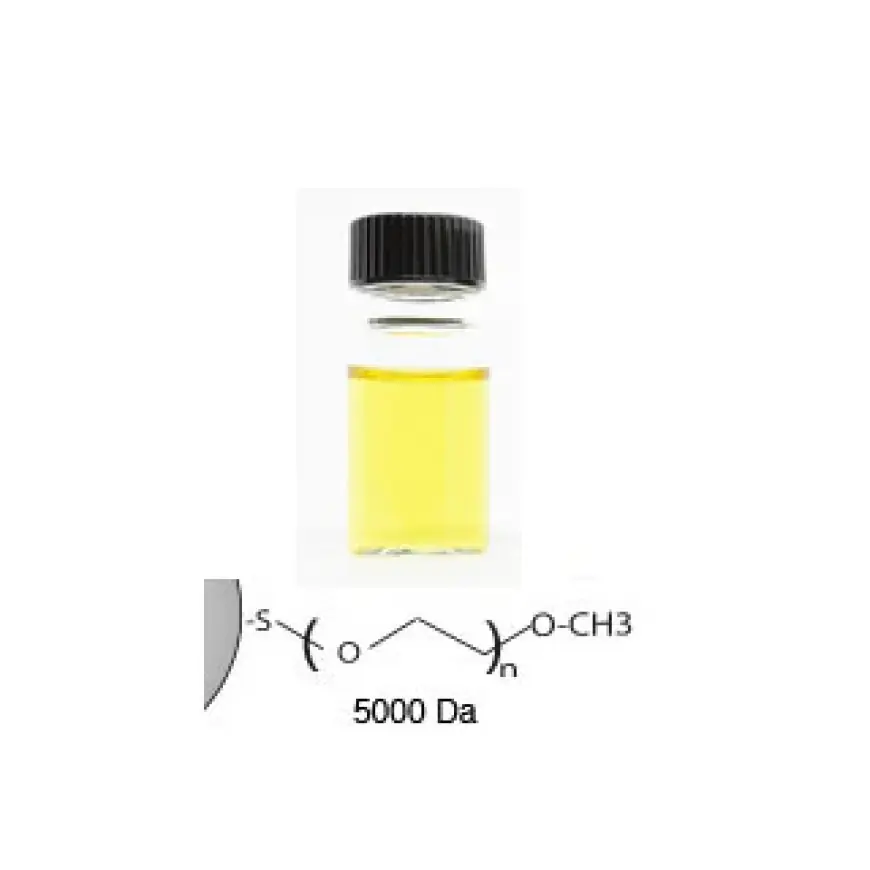A Comprehensive Guide to NHS Activated Silver Nanoparticles in Research and Development

Nanotechnology has revolutionized various industries, and one of its most promising innovations is NHS activated silver nanoparticles. These nanoparticles are used in diverse fields, from biomedical research to environmental science. In this guide, we’ll explore what NHS activated silver nanoparticles are, their applications in research and development, and some concerns associated with their use.
Understanding NHS Activated Silver Nanoparticles
NHS activated silver nanoparticles are silver nanoparticles functionalized with N-hydroxysuccinimide (NHS) groups. These groups make the nanoparticles reactive to primary amines, enabling easy conjugation with proteins, peptides, or other biomolecules. This functionality makes them highly valuable in various scientific applications where precise targeting and interaction with biological molecules are crucial.
Applications in Research and Development
1. Biomedical Research
- Drug Delivery Systems: NHS activated silver nanoparticles are used to attach therapeutic agents, allowing targeted drug delivery. This minimizes side effects and increases the efficacy of treatments.
- Diagnostics: Their ability to bind with specific biomolecules makes them valuable in diagnostic assays, such as detecting biomarkers for diseases like cancer or infections.
- Antimicrobial Agents: Silver is known for its antimicrobial properties. Functionalized nanoparticles enhance this property, making them effective in treating bacterial infections and biofilms.
2. Biotechnology
- Protein Labeling: NHS activated silver nanoparticles are widely used to label proteins for various studies, including protein-protein interactions and enzyme activities.
- Biosensors: These nanoparticles improve the sensitivity and accuracy of biosensors, which are used to detect substances at low concentrations, crucial in medical diagnostics and environmental monitoring.
3. Environmental Applications
- Water Purification: NHS activated silver nanoparticles can be functionalized to remove pollutants or pathogens from water, offering an advanced solution for clean water access.
- Pollutant Detection: They are employed in detecting heavy metals and other contaminants in the environment, contributing to monitoring and protecting ecosystems.
4. Nanomedicine and Vaccine Development
In nanomedicine, these nanoparticles serve as carriers for antigens, enhancing immune responses and aiding in vaccine development. Their ability to precisely interact with biological components makes them a tool of choice in cutting-edge medical research.
Concerns Associated with NHS Activated Silver Nanoparticles
While the benefits of NHS activated silver nanoparticles are immense, several concerns must be addressed:
1. Toxicity and Environmental Impact
- Cytotoxicity: At higher concentrations, silver nanoparticles can be toxic to human cells. Research is ongoing to determine safe usage levels.
- Bioaccumulation: When released into the environment, silver nanoparticles can accumulate in aquatic organisms, disrupting ecosystems.
2. Stability Issues
- NHS groups on the nanoparticles can degrade under certain conditions, reducing their effectiveness in long-term applications. Ensuring proper storage and usage protocols is essential.
3. High Production Costs
- Functionalization with NHS groups adds to the complexity and cost of manufacturing these nanoparticles, limiting their accessibility for smaller research facilities.
4. Regulatory Challenges
- With rapid advancements in nanotechnology, regulatory frameworks struggle to keep up. Comprehensive guidelines for the safe production, usage, and disposal of NHS activated silver nanoparticles are needed.
Conclusion
NHS activated silver nanoparticles are a versatile and powerful tool in modern research and development, driving advancements in medicine, environmental science, and biotechnology. However, addressing their associated concerns, such as toxicity and stability, is essential to fully realize their potential.
By understanding their applications and limitations, researchers can harness the benefits of NHS activated silver nanoparticles responsibly and innovatively, paving the way for groundbreaking discoveries and solutions.
Whether in diagnostics, therapeutics, or environmental science, these nanoparticles continue to play a pivotal role in shaping the future of science and technology.
What's Your Reaction?
 Like
0
Like
0
 Dislike
0
Dislike
0
 Love
0
Love
0
 Funny
0
Funny
0
 Angry
0
Angry
0
 Sad
0
Sad
0
 Wow
0
Wow
0















































